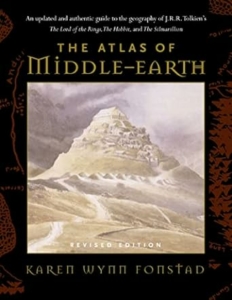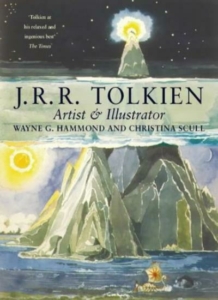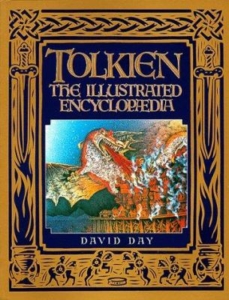Cherie Dimaline’s TIGER LILY AND THE SECRET TREASURE OF NEVERLAND
J.M. Barrie’s Peter Pan has been told and retold many times over the years, both in print and on screen. Some iterations have been better than others, to be sure (personally, Robin Williams’ Hook is the peak and the animated Disney classic is much further down on the ladder). As an adult, however, my perception of Peter, Tinkerbell, and the Lost Boys has shifted. The women and girls are treated pretty terribly and I frankly find Peter to be pretty insufferable. Nevertheless, it is a cultural touchpoint and the fact that I have so many opinions about Peter Pan proves it.
Tiger Lily and the Secret Treasure of Neverland was published in March 2023 as a media tie-in to the new live-action movie Peter Pan and Wendy, though it is not necessary to have seen the movie before reading the book. The Secret Treasure is a standalone adventure with Tiger Lily and her family and friends in Neverland. In fact, Peter is away in London for most of the story
While the original character of Tiger Lily is reduced to a vague stereotype, modern creators have taken steps to be more thoughtful and nuanced in their depictions. When I saw that award-winning author Cherie Dimaline, who is Métis, was publishing a book about Tiger Lily, I was thrilled. I knew that Tiger Lily would finally be given her due.
Tiger Lily’s family has lived on the island of Neverland for generations. Her grandmother, the matriarch of the family, has taught her everything she knows about riding horses, which plants to use for which ailments, and communicating with and respecting the other inhabitants of the island, including the fairies. Tiger Lily and her best friend, Sashi, who is a fairy, are at the center of this story.
This standalone adventure follows Tiger Lily as she traverses the island in search of a secret treasure called Andon. When she overhears Peter say that Tiger Lily could use the Andon to better help the people she cares about, she sets out to find out what it is and where she can find it. Along the way, she crosses paths with Jolly and Jukes, two of Captain Hook’s cronies. Though much less intelligent than Hook, they are equally unkind in their dogged pursuit of the same treasure. When they capture Sashi and use her as bait to get the Andon from Tiger Lily, she seeks out the help of four Lost Boys to save her friend. Tiger Lily and the Secret Treasure is a fast-paced, coming-of age adventure story. Tiger Lily is a nuanced character; though it is a fairly short novel, readers witness significant growth by its conclusion. With the elders gone on a fishing trip, Tiger Lily must use her own knowledge and bravery to defeat the pirates and protect the people and places dearest to her. It is through this defeat that she comes to significant realizations about who she is.
The bigger concept behind the plot is the idea that Tiger Lily, like Peter Pan and the Lost Boys, is not sure whether she should grow up. In Neverland, the characters can decide if and when they want to grow up. As Tiger Lily learns more from her grandmother, she realizes that she enjoys caring for others and feels empowered in doing so. However, after failing to help those she loves in the way she wants to, she knows that she must embrace getting older to become who she wants to be.
In an author’s note at the beginning of the book, Dimaline shares a bit about her development of Tiger Lily’s Native identity. Rather than rooting her in a particular tribe or nation, she develops the identity of Neverland’s indigenous inhabitants based on an amalgamation of the original character and the real-life indigenous inhabitants of people who might have lived in the areas where the story takes place. I would recommend this book to readers looking for a good adventure story with a dash of growing up, friendship, family, and fairy dust.
Find in catalog.




